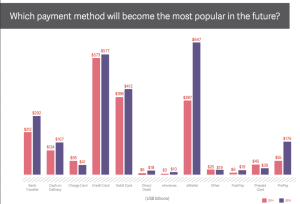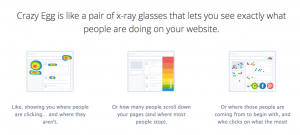
It’s the classic catch-22: You don’t have enough conversions to optimize your landing page, but without optimizing your landing page, you’ll never get those conversions. How will you ever get more of your site visitors to fill your form or give you a call?
It’s frustrating for small businesses owners and management teams — really any business that doesn’t have a ton of traffic, regardless of size. It can feel like you’re spinning your wheels in marketing muck. But there is a way out, and it’s achievable for any business. There are two steps to optimizing a site when you don’t have enough conversions for split-testing: following proven optimization principles based on human psychology and conducting research.
1. Do What’s Been Proven to Work.
Principles of human psychology work because, well, your site visitors are human. The field of consumer psychology is rich with principles that have been thoroughly tested and proven to work online in landing pages. You can find dozens of these (probably more) by doing a Google search, but here are the ten most important.
- Start by digging into the pain of the problem visitors are experiencing.
- Explain how your solution addresses the pain points you mention.
- Make sure your message matches the awareness stage of the visitors.
- Use proximity to help visitors process information.
- Drive toward a single CTA (one offer, but can be used in multiple locations).
- Remove distractions — anything that would direct visitors off the page, including navigation links and social icons.
- Make the language of your message consistent with the language used by real prospects (eliminate jargon and abstraction).
- Use social proof — testimonials, short case studies, etc.
- Make sure your CTA stands out on the page.
- Your CTA should make it clear what will happen when the visitor clicks or calls.
2. Do Some Research.
- Look at your analytics to determine exactly where you are losing people. For example: Are they clicking but then not completing the form? You must be asking for too much information (or for information that’s too significant) in your form. If you’re losing people in a multi-step conversion process, you need to look at how to streamline that process. If you’re an e-commerce site and losing people at the cart, you know you need to focus on improving the checkout process.
- Gather qualitative feedback. Your landing page can be designed by the best UX designer in the world, but if your message doesn’t resonate with your prospects, you’re not going to convert anyone. Talk to your current clients and prospects to learn what your targets’ issues are, what symptoms they’re experiencing, what they care about, what they’re looking for in a solution, and how they describe each of those things.
Implement what’s been proven to work across different landing pages and different audiences, and do research to learn where you’re losing people and what messaging and language your audience best connects with. These two steps should be able to generate enough conversions for you to then start split testing. At that point, you can test things like button copy, layouts, headlines, and all that other fun stuff that conversion optimizers geek out on (and that result in even higher conversions).
Digital & Social Articles on Business 2 Community
(45)








